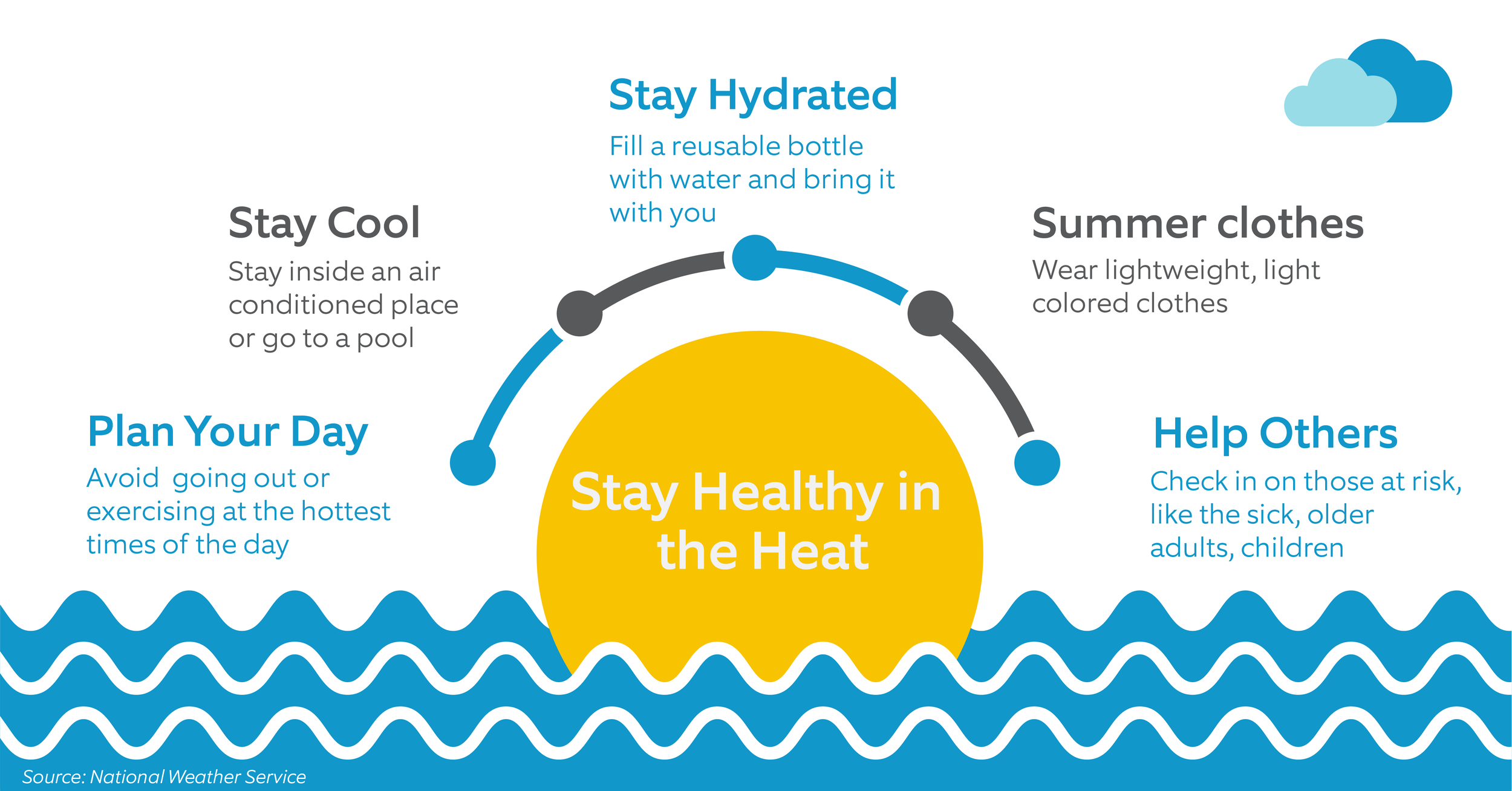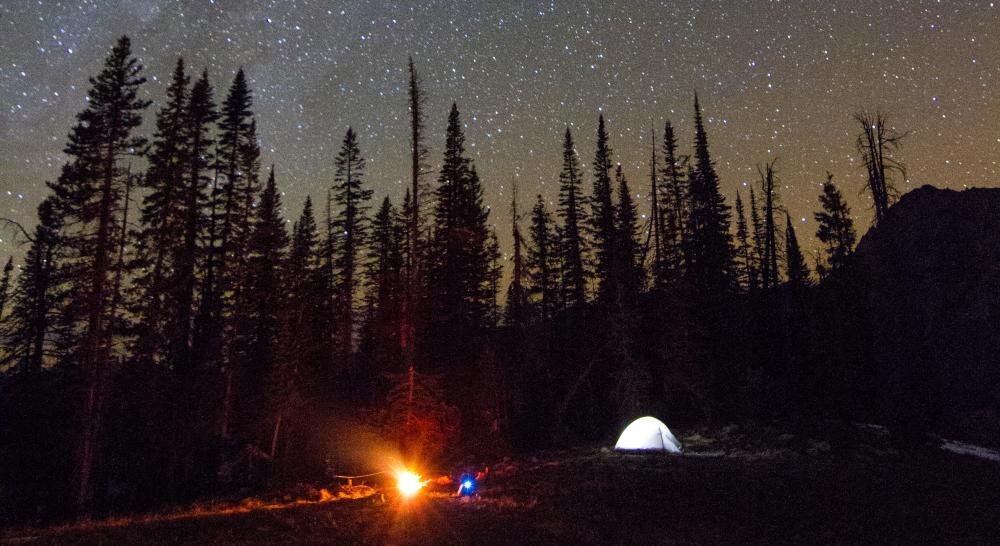Beat the Heat: Summer Safety, Fire & Water Saving Tips
Summertime in Grand Junction brings warmth, sun and fun. From going on hikes and lake weekends to family picnics and vacations, there’s always something fun to do outdoors. Unfortunately, many of these activities also bring safety concerns that should always be considered. Enjoy your summer while adding appropriate safety measures into the mix!
Tips to Beat the Heat
As temperatures rise, help yourself and others avoid sunburns, heat cramps, heat exhaustion and heat stroke with these safety tips from the National Weather Service.
Keep Your Pets Safe and Cool
As the temperatures rise, help keep your pets safe and cool this summer. Never leave a pet unattended inside a vehicle - the temperature inside a vehicle can rise very quickly and is just as dangerous for pets as it is for people. Rolling down the windows is not a safe alternative. Any pet left inside is at risk for serious heat-related illnesses or even death.
(Source: National Weather Service)
Heat Exhaustion vs Heat Stroke
Both heat exhaustion and heat stroke are serious conditions. Learn the symptoms and what to do if you or a loved one shows signs of having either of these heat-related illnesses.
Campfire Safety
As we navigate through wildfire season, we want to make sure our visitors and residents have the resources they need to stay proactive, aware, and safe.
Get Alerts:
The Colorado Division of Emergency Management is your resource for up to date information on location and status of fires around the state. Follow them on Twitter and the Inciweb Incident Information Center. A big part of wildfire prevention is education.
10 Tips for Preventing Wildfires:
Keep campfires small and manageable.
Never let a fire burn unattended.
Do not build a fire at a site in hazardous, windy or dry conditions. Check to see if campfires are permitted.
Do not build a fire if the campground, area or event rules prohibit campfires. Check with the campground or forest representative.
Use an existing fire ring or fire pit. If there is not an existing fire pit, and pits are allowed, look for a site that is at least fifteen feet away from tent walls, shrubs, trees or other flammable objects. Also, beware of low-hanging branches overhead.
Supervise children and pets when they are near fire.
Fire restrictions and bans are set by local jurisdictions and by individual forest agencies. Check with the local sheriff's office, fire department or the federal forest agency before lighting a campfire this summer.
If you think it isn't safe enough to light a campfire, choose to be safe and not start one.
Properly extinguish and dispose of cigarettes.
When putting out a fire, water it until you can handle the embers.
Protecting Your Home From Fires
The two primary determinants of a home’s ability to survive a wildfire are the structure’s ignitability and the quality of the surrounding defensible space. Together, these two factors create a concept called the home ignition zone, which includes the structure and the area around it.
Defensible Space
To reduce wildfire hazards to your home and property, the most effective actions to take are to minimize the ability of the home to ignite during a wildfire and to reduce or eliminate nearby fuel.
Structural Ignitability
The likelihood the materials in and on your home will ignite during a wildfire is known as structural ignitability. The ideal time to address home ignition risk is when the structure is in the design phase. However, you can still take steps to reduce the ignitability of an existing home.
Ensure the roof has a Class A fire rating
Remove all leaves, needles and other debris from decks, roofs and gutters
Screen attic, roof, eaves and foundation vents with 1/8-inch metal mesh
Screen or wall-in stilt foundations and decks with 1/8-inch metal mesh
Use tempered glass for windows; two or more panes are recommended
Create 6 inches of vertical clearance between the ground and home siding
Replace combustible fencing or gates, at least within 5 feet of the home
Water Conservation
Learning how to conserve water during the hottest months not only can save you money, but it’s good for the planet. We don’t have an unlimited supply of water, so we all need to be very careful and deliberate in how we use it. Here are some water saving tips…
Install low-flow toilets
Take shorter showers
Water your lawn in the morning or afternoon
Consider drought-tolerant landscaping
Look for leaks and fix any you find
Only run the dishwasher when full
Wash your car elsewhere (at a car wash)








